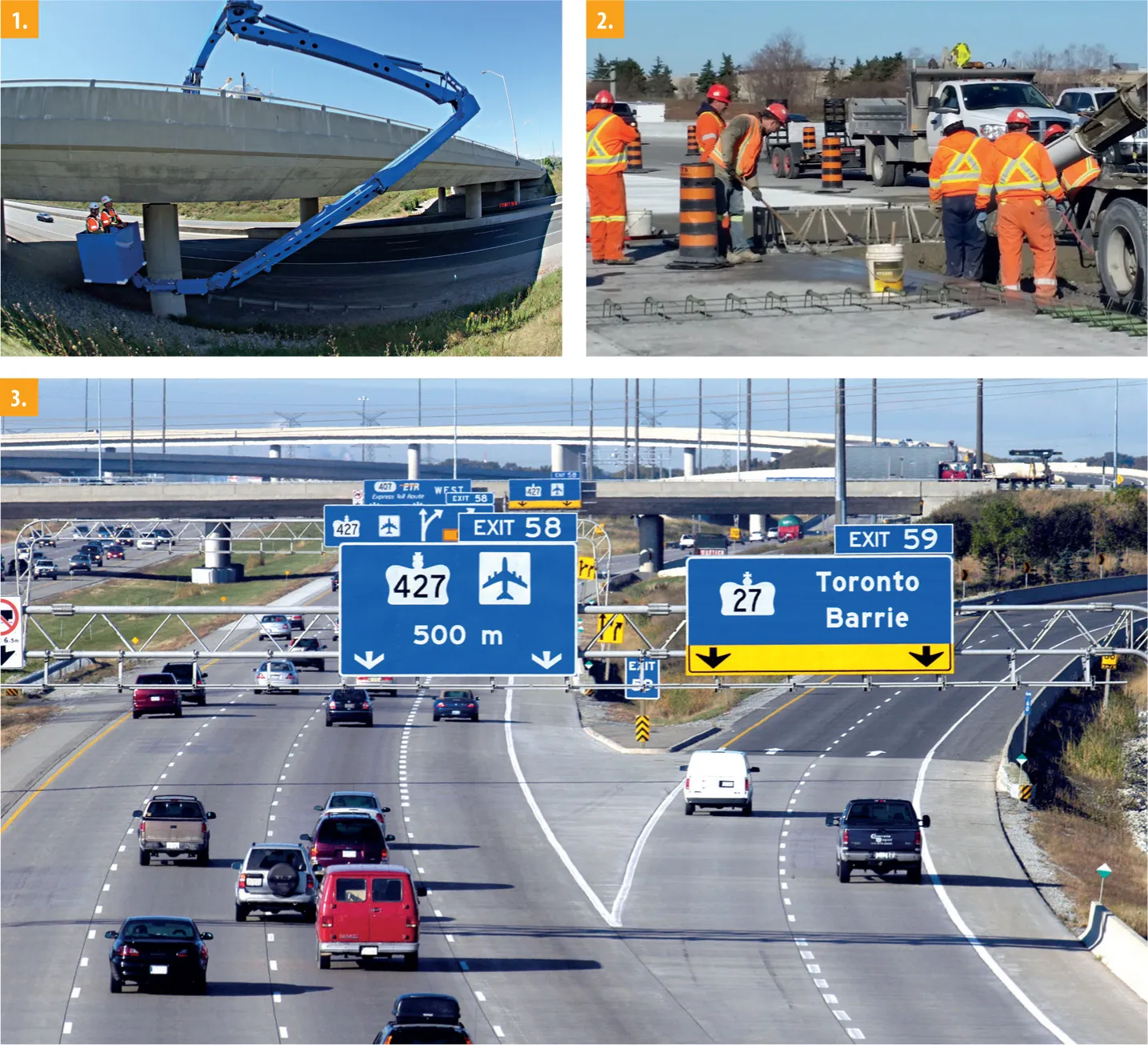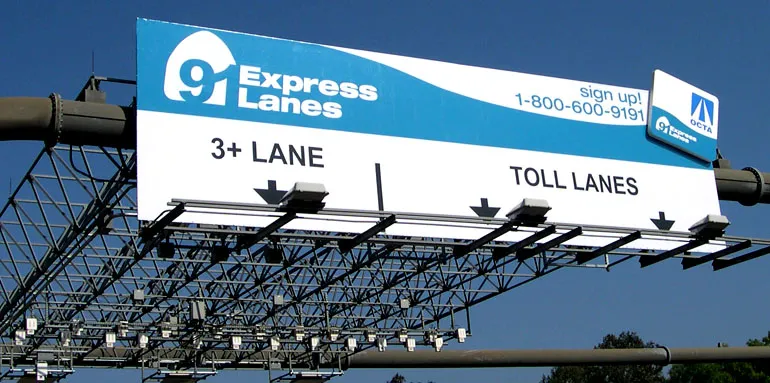Parsons has been selected by the Canadian province of Ontario to provide environmental assessment planning and preliminary design for the next section of the 407 Transitway.
Work will include 23km of bus rapid transit lanes, from west of Hurontario Street to east of Highway 400, as well as 11 transit stations, all around the provincial capital Toronto area.
The project is part of the 150km cross-regional rapid transit corridor planned to parallel Highway 407 Express Toll Route freeway, a 107km control
August 21, 2015
Read time: 2 mins
Work will include 23km of bus rapid transit lanes, from west of Hurontario Street to east of Highway 400, as well as 11 transit stations, all around the provincial capital Toronto area.
The project is part of the 150km cross-regional rapid transit corridor planned to parallel Highway 407 Express Toll Route freeway, a 107km controlled-access highway. It connects the greater Toronto area’s other towns and cities including Burlington, Oakville, Mississauga, Brampton, Vaughan, Markham and Pickering, all either on or close to the shore of Lake Ontario.
“We are pleased that Ministry of Transport for Ontario has awarded Parsons this third contract for the 407 Transitway,” said Todd Wager, Parsons group president.
“When this third contract is completed, Parsons will have performed the preliminary design and environmental assessments for all 63km contracted to date for the planned 150km transitway. That’s a strong affirmation of our expertise in rapid transit.”









